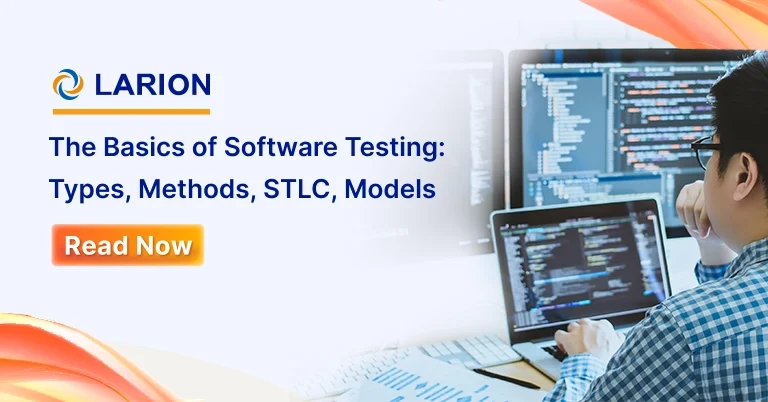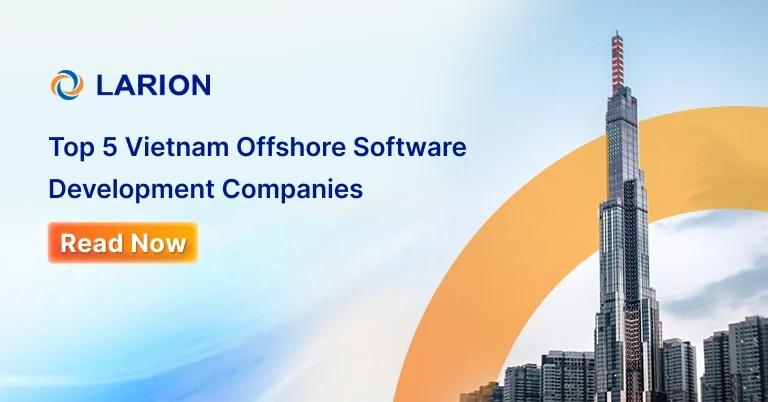The success rate of information technology (IT) projects is well documented in literature; the most notable is “Extreme CHAOS” by The Standish Group. In addition, individual organizations provide a wealth of antidotal evidence that support The Standish Group’s findings within their IT group. However, the problems that contribute to a high failure rate for IT projects are varied as the number projects and individual organizations. As a result, there is no clear solution or simple fix for improving of project success.
Organizations have placed a high priority on improving IT project performance. IT groups were once viewed as a supporting function within an organization. Project delays generally only affected internal operations. Today, IT groups undertake projects that are more closely tied to business objectives of the organization. IT project failures can have broad ramifications for an organization, including customer dissatisfaction, loss of market share and lower stock prices.
IT groups are attacking project performance by investing in its people and examining their processes. Budgets have increased for project management, application development skills, and technical training. Organizations are examining how they develop applications and manage projects. These organizations can either implement internally created software development and project management methodologies or purchase software development methodologies from third-party vendors such as Rational Software Corporation, IBM, CSC, and a host of other firms.
These third-party methodologies must be integrated with the organization’s existing policies, procedures, and practices. Certain organizations that advocate modern project management have expressed difficulty in aligning Rational’s Unified Process® or RUP® with the Project Management Institute (PMI®) standards. Many believe that RUP’s® iterative approach and the assumption of changing requirements is incompatible with modern project management concepts. This belief is not supported as project management concepts are embedded in the RUP® and project management techniques can be used in a RUP® environment.
This paper first provides a brief overview of the RUP® process. This discussion will provide context for subsequent sections of the paper and is not meant to be a definitive white paper on the subject. Next, the paper will identify similarities and differences in the project management and RUP® project life cycles. The final section will outline considerations for project management in a RUP® environment.
Related Article:
http://www.pmi.org/learning/library/project-management-rup-environment-8505




